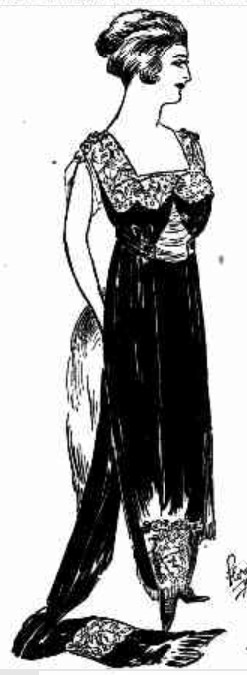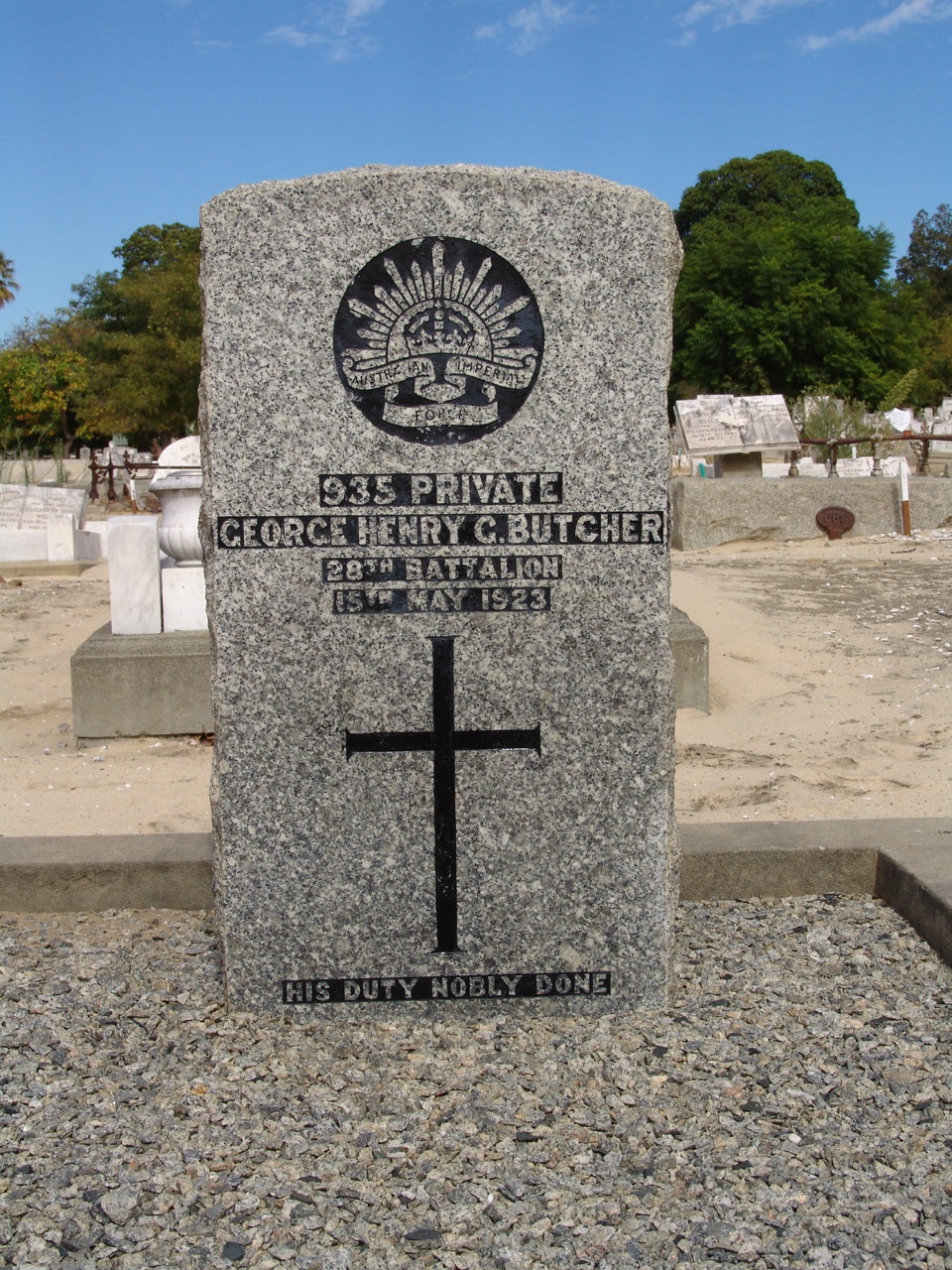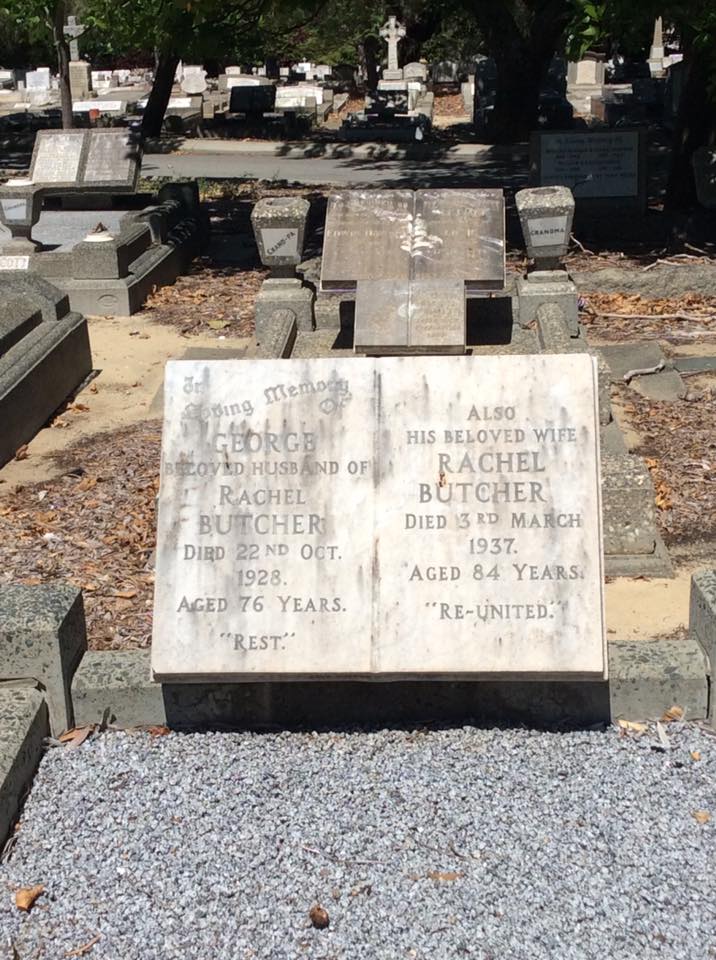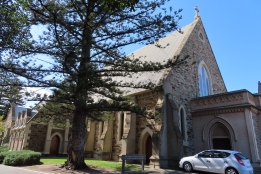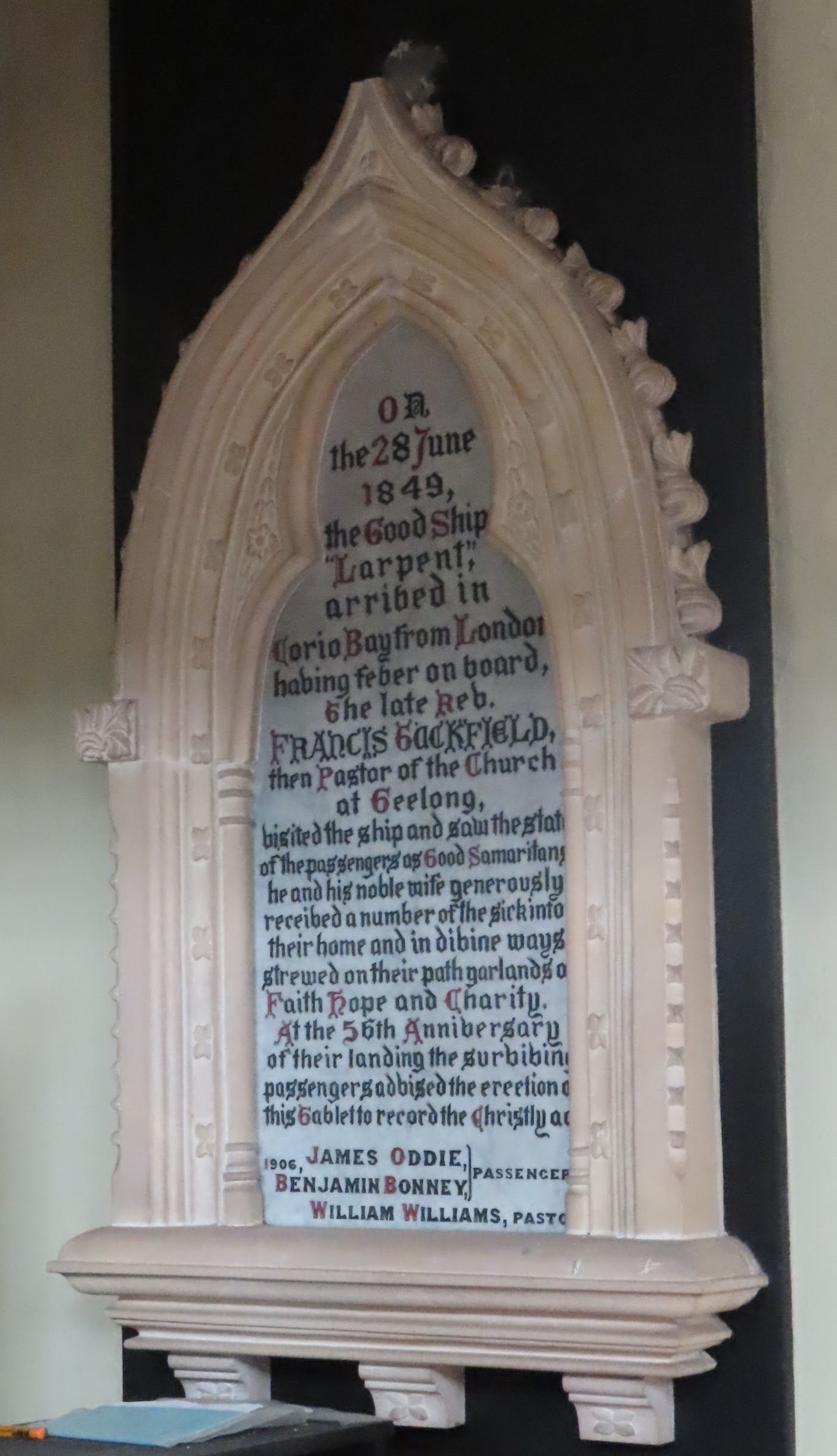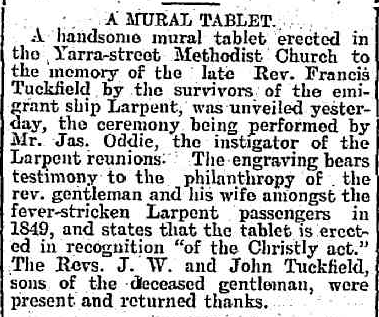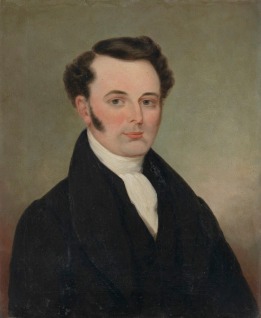Peter McCracken Cudmore (1911 – 1995), one of my grandmother Kathleen’s second cousins, was my second cousin twice removed.
On 7 November 1939, giving his occupation as ‘clerk’, he enlisted with the Australian Military Forces in Adelaide, South Australia.

One of 86 photographs displayed on an honour board showing members of the Adelaide Rowing Club who enlisted for active service in the Second World War.
Peter Cudmore, SX1458, was assigned with the rank of lieutenant to the 2/3 Field artillery regiment, just then being raised. It had an establishment of 32 officers and 595 other ranks, which were drawn from all six Australian states and the Northern Territory. He had previously served in the militia.
Two months after his enlistment he married Nanette Whereat. The marriage was reported in the Chronicle (Adelaide, SA), on Thursday 11 January 1940
Whereat — Cudmore
Members of the Church Guild arranged white and gold lilies in St. Augustine's Church, Victor Harbor, on Saturday morning, when the Bishop of Adelaide (Right Rev. Dr. A. Nutter Thomas) officiated at the marriage of Miss Nanette Deidre Whereat, to Lieutenant Peter McCracken Cudmore. Nuptial Communion was celebrated by the bride's father, the Rev. C. R. Whereat, rector of St. Augustine's.
The bridegroom is the elder son of Mr. and Mrs. P. R. Cudmore, of "Stranmore," Victor Harbor, and is a lieutenant In the 2nd-3rd Artillery Brigade at present in New South Wales.
The bride, who is the only surviving daughter of the Rev. and Mrs. C. R. Whereat, was given away by her father. She looked most attractive in wide-skirted hand embroidered ivory toned organza, slightly trained and with matching bolero. The tulle veil had a wide hand embroidered border from an heir-loom veil which has been used in four generations of the bridegroom's family. It was arranged on the hair under a halo of orange blossom. A sheaf of water lilies tied with ribbon, colors of the bridegroom's regiment, was carried and his gift of a pearl necklace was worn.
Bridesmaids were Misses Margaret Douglas and Vyvyan Richards, dressed alike in wide-skirted gold toned marquisette with matching boleros. Close-fitting hats with tucked bows were made of the marquisette. They carried bouquets of frangipanni and wore pearls, the gift of the bridegroom. Mr. Milo Cudmore (bridegroom's brother) was best man, and Mr. Gordon Seddon grooms-man. Ushers were Messrs. Dean Berry, Selby Douglas, Henry Fisher, and John Aitken
The regiment sailed for the Middle East in May 1940. En route, the convoy was diverted to the United Kingdom following the German invasion of France. O the Fall of France in June, it was employed on garrison duties to defend against a potential German invasion. In November 1940 the regiment was moved to North Africa, then, in early April 1941, was transferred to Greece to support Australian and New Zealand infantry in the disastrous
campaign there. Soon after its arrival the regiment moved forward towards the Yugoslav border.
The unit’s war diary of 4 and 5 April 1941 records
Athens area 4 April Received Northwards on 5 April - Destination SERVIA
5 April 1030 hours Move in large convoy, 58 miles long, commenced -
Postings of officers at this stage
…
5 Fd Bty
B Tp Capt G. Laybourne-Smith
Lieut P.M. Cudmore
Lieut M.A. Clarke
Atlantis Area 6 April Germany declared war on Greece
Commenced march 0800 hrs and passed through
Beautiful scenery to LAMIA where 5 Bty HQ,
A and B Tps joined convoy - then whole
Convoy moved to PARSALA Area and bivouaced
At 2200 hrs
The diary notes the rarity of the air and snow which caused concern, for it was bitterly cold. Following encounters with German forces from 10 to 12 April, on 16 April the regiment withdrew from Servia. 18 April was:
Exciting day in which 6500 rds were fired by the Regt. Tanks appeared in the early morning and Tps formed up but the consistent shooting of the Regt stopped the attack and inf made no contact with the enemy. After 1500 hrs enemy guns shelled gun posn and caused two casualties - also enemy aircraft machine gunned gun posns.
2100 hrs Withdrawal commenced. Route = Tyrnavos, Larissa, Volos.
During the withdrawal the regiment lost all of its equipment. Finally, on 27 April the regiment was evacuated from Greece on board HMS Ajax and withdrawn back to Crete. The diarist records the Crete disaster:
Porto Rapti Area 27 April Derelict vehicles alight - Huge fires
1500 hrs 60 AFV’s reported in village.
Engaged - No attack made by AFV’s.
Continuous air attack.
1800 hrs - All vehicles destroyed.
2045 - Guns and equipment destroyed.
Telephones and Optical instruments saved
2100 hrs - All troops moved to embarkation
Beach. Most of Unit on H.M.S. Ajax.
Splendid treatment by Navy - Hot drinks,
Cigarettes, food.
At Crete from 22 May the war diary reports
Crete 22 May Good shooting by B tp on to Melame aerodrome
Reported 27 tp carriers (13 confirmed) destroyed
By tp guns
B tp withdrew two miles towards Canes
23 May More parachutists
B tp received very heavy attention from the
Air. Posn from retimo stated to be ‘satisfactory’
24 May Canes almost destroyed by enemy aircraft action
B tp forced to move back within 1 ½ miles
Canes after having fired over open sights at
Range 500 yds

On 28 May the unit was ordered to evacuate but personnel were dispersed. At the time of evacuation a chaplain, a captain, three lieutenants, and 50 other ranks were the only personnel of the unit to embark. The remainder of the unit were dispersed in the hills. Some more joined the evacuation but Cudmore was not amongst them. He was reported missing in June and at the end of June his record was updated as “now believed prisoner of war”.
Over 12,000 British Commonwealth troops were captured. After his capture, Cudmore was held in several camps: Oflag XC, Oflag VIB & Oflag VIIB. Peter Cudmore was POW number 3526.

Service number SX1458 Rank Lieutenant Unit 2/3rd Field Regiment
Camp location Oflag X-C, Camp, Oflag VI-B, Camp, Oflag VII-B, Camp
Fate Recovered Fate Date 14 May 1945
An Oflag (from German: Offizierslager) was a type of prisoner of war camp for officers which the German Army established in World War II in accordance with the requirements of the Geneva Convention (1929).
In September 1942, following a mass escape, British officers from Oflag VI-B Dössel were transferred to VII-B.
In 1943 while he was a prisoner at Oflag VIIB, Lt. Peter Cudmore passed all examinations for the intermediate course of the Chartered Institute of Secretaries. Small Stalag and Offlag universities were run entirely by British officers in German prisoner of war camps, with text books and papers and even pens from the Red Cross and the YMCA.
The Adelaide Advertiser reported on 29 January 1943:
The appreciation of prisoners in Germany for the facilities which Red Cross provides for recreation and study, in addition to regular food, comforts and clothing parcels, is voiced in letters from prisoners in camps throughout Germany. Lt. Peter Cudmore, of Victor Harbor, writing from a German prison camp says:—I am doing my best to utilise my time as profitably as possible by reading good books and studying book-keeping, agriculture and veterinary science. Every day I play quoits and do physical training, followed by boxing."
The studies paid off and the Advertiser of 2 June 1944 reported:
ADELAIDE MAN PASSES EXAM IN GERMANY
By IAN SABEY, a former prisoner of war
From time to time ample evidence is produced that prisoners of war in Germany are able to rise far above their circumstances, and even achieve small triumphs from within the narrow boundaries of their concentration camps.
In most large and small camps here flourish schools whereby those persons not forced to work may attend, study subjects and sit for examination papers sent from other parts or the world.
Yesterday advice was received in Adelaide from the Red Cross Prisoner of War Education Bureau at Oxford, that Lt. Peter Cudmore, of Adelaide, had passed successfully all examinations for the intermediate course of the Chartered Institute of Secretaries. The letter of congratulation from the secretary (Mr. E. Herdman) to Mrs. Peter Cudmore stated that the camp education committee of the prison Offlag to which her husband is attached in Germany had been informed of the result. Lt. Cudmore sat for the examination the previous year.
These small Stalag and Offlag universities are one of the brightest features of prison life in German camps. Run entirely by British officers, with text books and papers and even pens from the Red Cross and the YMCA men have been quick to seize the chance to educate themselves. I know some Australians who are learning Russian, some who are taking an arts degree, and others who are qualifying in such varied subjects as electrical engineering, advertising and journalism.
The teachers are prisoners of war, and the classrooms are converted barracks.
At Stalag 8B, 2,000 pupils went through their paces each week. There was a Shakespearian class run by an Oxford Don, a botany department whose rabbits mysteriously disappeared but whose rats thrived, and where artists grew long hair. The art class was conducted by a most able artist from Sussex, who had somehow found himself cut off from Dunkirk.
The pupils were even more varied. Maoris and Cockneys rubbed shoulders with Indians and Zulus. At the beginning of a new term a class found itself with sometimes fifty beginners, but the stickers could be numbered on one hand at the end of three months. Often the would-be enthusiast with a thirst for learning arithmetic, and even spelling would find himself whisked off by the Germans to a working camp, where he would tell the other chaps for months after what a fine thing education was, as opposed to working for the enemy. One man is even known to have escaped from a working camp and walked almost the entire distance to his Stalag, his reason being that a set of books on Diesel engines should have arrived by then, and he did not want them to go astray
Lt. Cudmore enlisted in October, 1939 and joined the 2/3 Field Regiment of Artillery He was captured in Crete with his troop, which was under the command of Capt. W Laybourne Smith, another South Australian who is also a prisoner of war. The gunners of C troop were nearly all South Australian personnel. South Australian prisoners of war from C troop spoke most highly of their two officers' coolness and courage throughout both campaigns.
Oflag VII-B was liberated by the U.S. Army on 16 April 1945. The Adelaide Advertiser of Tuesday 15 May 1945 gave details of the release of several prisoners of war including that of Peter Cudmore.
Mrs. Peter Cudmore of Somerton has received a cable from her husband, Capt Peter Cudmore, stating that he has arrived safely in England after having been a prisoner of war in Germany. He was captured in Crete in May, 1941. Capt. Cudmore, who is the son of Mr. and Mrs Paul Cudmore of Victor Harbor, left Australia with the 6th Division. He has a daughter aged four and a half whom he has never seen.
Lieutenant Cudmore returned to Adelaide in July 1945. On his return to Australia and discharge from the Army, Peter Cudmore became a chartered accountant. In 1995 he died at the age of 83 and was buried with other Cudmore family members at Victor Harbor.

Related posts:
Wikitree: Peter McCracken Cudmore (1911 – 1995)
My paternal grandfather’s first cousin, Philip George Champion de Crespigny (1906 – 2001), was also at Crete. My grandfather Geoff de Crespigny, then beseiged at Tobruk, wrote in his diary on 2 June 1941:
Crete has now definitely fallen, and we wonder what our lot is to be, being, as we are probably much on the priority list, Nazi pattern. It is also sickening to think of the many good fellows who must have been left on the island. I wonder very much about Phil.
Philip de Crespigny was not captured.






























